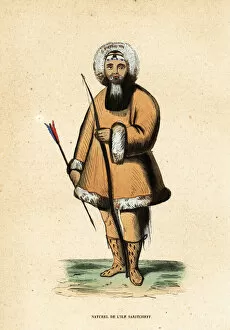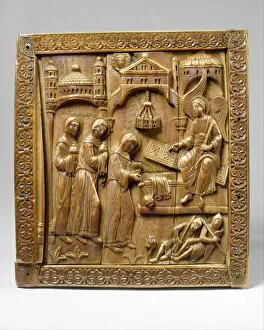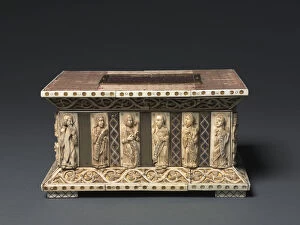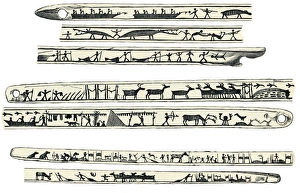Walrus Ivory Collection
"Exploring the Rich History and Artistry of Walrus Ivory" Walrus ivory, a material deeply intertwined with the Native (Inupiat) culture of Sarichef Island, Alaska
All Professionally Made to Order for Quick Shipping
"Exploring the Rich History and Artistry of Walrus Ivory" Walrus ivory, a material deeply intertwined with the Native (Inupiat) culture of Sarichef Island, Alaska, has been used for centuries to create exquisite works of art. From religious plaques like "Plaque with the Holy Women at the Sepulchre" from 12th-century Germany to intricate chess pieces such as the "Chess Piece in the Form of a King, " this unique medium has captivated artists throughout history. The versatility and beauty are evident in various game pieces found across different periods. The "Game Piece with an Eagle Attacking a Hare" showcases incredible craftsmanship from German artisans between 1100-1200. Similarly, another German creation from around 1170 depicts a scene from the life of Apollonius of Tyre on a captivating game piece. Religious artifacts also bear witness to walrus ivory's significance. The mysterious "Plaque with Doubting Thomas" reveals an unknown artist's skillful carving during ca. 1140-60 Germany. Additionally, reliquary crosses like those crafted in the 10th century demonstrate how walrus ivory was utilized to house sacred relics. Beyond Europe's borders, even Arctic explorers recognized walrus ivory's allure. Isaac Israel Hayes immortalized his journey through his artwork titled "Scene de la mer glacial, " created circa 1859. This depiction highlights both nature's majesty and humanity's connection to it. Moreover, talismans like Frederick Albert Slocombe’s intricately carved head of a Tau Cross (c1140-1150) and A. A Bradbury’s Reliquary Cross (10th century) showcase how walrus ivory was transformed into portable altars that could be carried wherever faith led its followers. Lastly, we cannot overlook how this remarkable material played an essential role in everyday life for indigenous communities.














